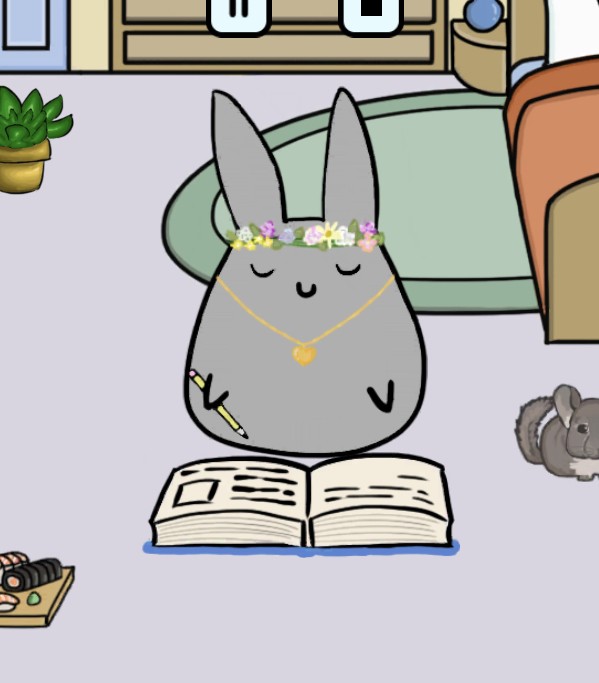Collapse of the USSR
Cards (31)
- What were the main factors contributing to the economic strain of the USSR?
- How did Glasnost affect the government in the USSR?
- Which Baltic states declared independence in 1990?
- When did the Warsaw Pact come to an end?
- What was Gorbachev's attempt to save the Soviet Union?
- Why did the leaders of the Soviet republics reject Gorbachev's new constitution?
- What significant announcement did Gorbachev make on 25 December 1991?
- Which ex-Soviet republics became independent after the dissolution?
- What did the Soviet Union become in January 1992?
- What were the consequences of the collapse of the USSR?
- Which Republics gained independence after the USSR collapse?
- What did the end of the Warsaw Pact signify for Europe?
- What was the impact of the end of the Iron Curtain?
- Who replaced Gorbachev after the collapse of the USSR?
- What major global conflict ended with the collapse of the USSR?
- How did the calls for reform in satellite states contribute to the collapse of the USSR?
